Thermal Imaging Reports
Infrared (thermal imaging) technology empowers me as an inspector to reveal aspects of your home that conventional methods can’t uncover. Ancillary inspection reports are as crucial as those for standard home inspections. When conducting a specialized thermal imaging inspection, it’s vital that I present information tailored to your needs, enabling you to take actionable steps based on the findings.
During an infrared inspection, we can identify and document moisture intrusion, energy loss, and unexpected hot spots. Regarding energy loss, an IR camera can pinpoint:
- Heat loss and air infiltration in walls, ceilings, floors, windows, and doors.
- Damaged or malfunctioning radiant heating systems.
- Air-conditioner compressor leaks.
- Under-fastening or missing framing members, and other structural defects leading to energy loss.
- Broken seals in double-paned windows.


For detecting moisture intrusion, an IR camera can locate:
- Plumbing leaks.
- Hidden roof leaks before they cause serious damage.
- Missing, damaged, or wet insulation.
- Water and moisture intrusion around penetrations, foundation, and building envelope leading to structural damage and mold.
IR cameras are equally adept at finding hot spots in the home, such as:
- Circuit breakers needing immediate replacement.
- Overloaded and undersized circuits.
- Overheated electrical equipment and components.
- Electrical faults before they cause a fire.
Furthermore, by analyzing the color gradients in thermal images, an inspector can identify:
- Possible pest infestation, indicated by energy loss through shelter tubes left by wood-destroying insects.
- Intruders like rats, mice, and other pests hiding within the structure due to their captured heat signature.
- Dangerous flue leaks, potentially causing carbon monoxide poisoning.
We offer Thermal Imaging Report re-inspection services (for a fee) after repairs are completed. This ensures that the repair work effectively addresses the issues discovered during the initial thermal imaging inspection.

